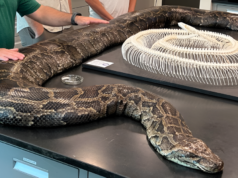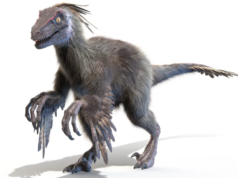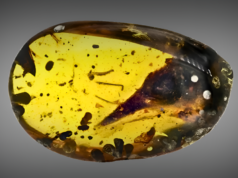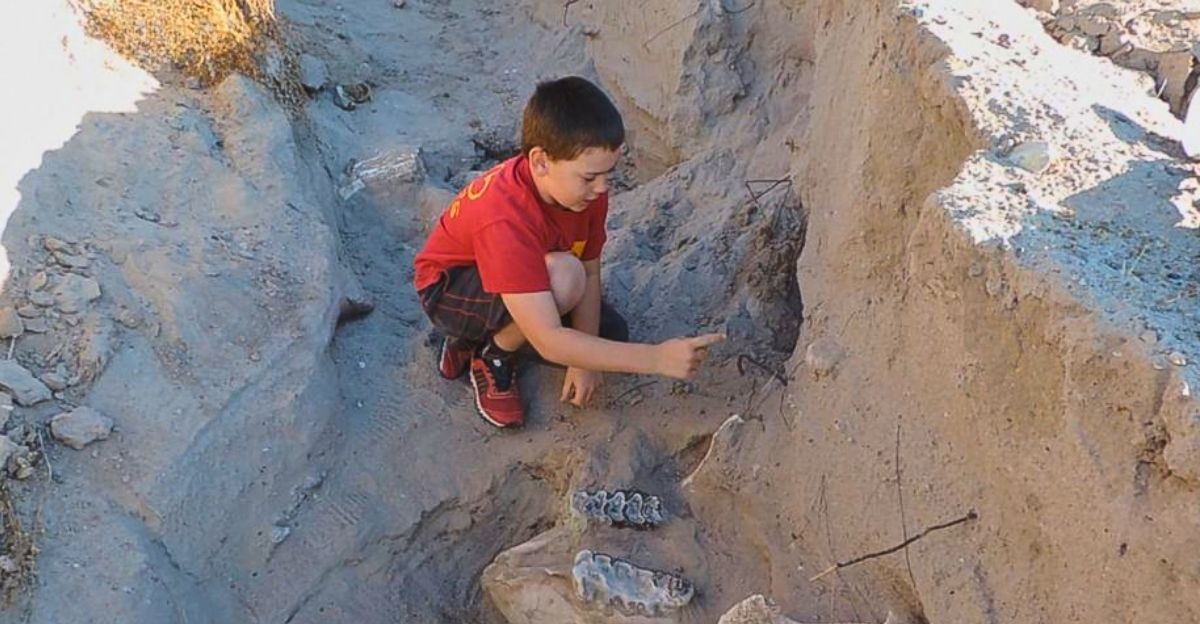
Seven-year-old Elliot made an extraordinary discovery in his front garden in Matlock, Derbyshire, uncovering fossils dating back 140 million years. What began as a little boy’s simple digging adventure turned into a remarkable paleontological find, one that has captured the imagination of experts and enthusiasts.
The limestone rocks he found contained beautifully preserved ammonites, ancient marine creatures from the Jurassic period. This discovery not only connected Elliot to Earth’s ancient past but also inspired him to pursue a career in paleontology. His story highlights how curiosity and exploration can uncover hidden wonders right in your own backyard.
The Unexpected Discovery
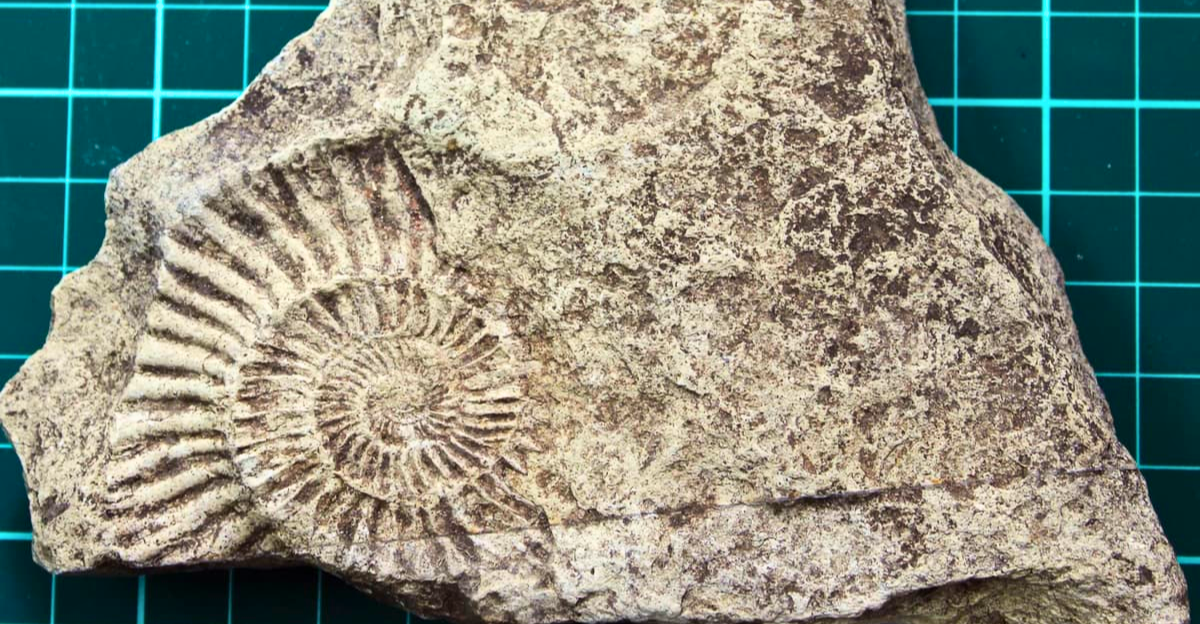
Three months after moving into their new house, Elliot started digging in the garden when he stumbled upon some reddish limestone rocks. Intrigued, he and his father carefully cracked one open and found fossilized marine creatures inside.
These ammonites, with their characteristic spiral shells, were perfectly preserved and dated between 140 and 180 million years old, having lived in the Jurassic period. The discovery transformed an average day in the garden into an unforgettable day of wonder. Elliot’s excitement and curiosity grew as he realized he was holding pieces of ancient ocean life in his hands.
Meet Young Elliot: The Up-and-Coming Paleontologist
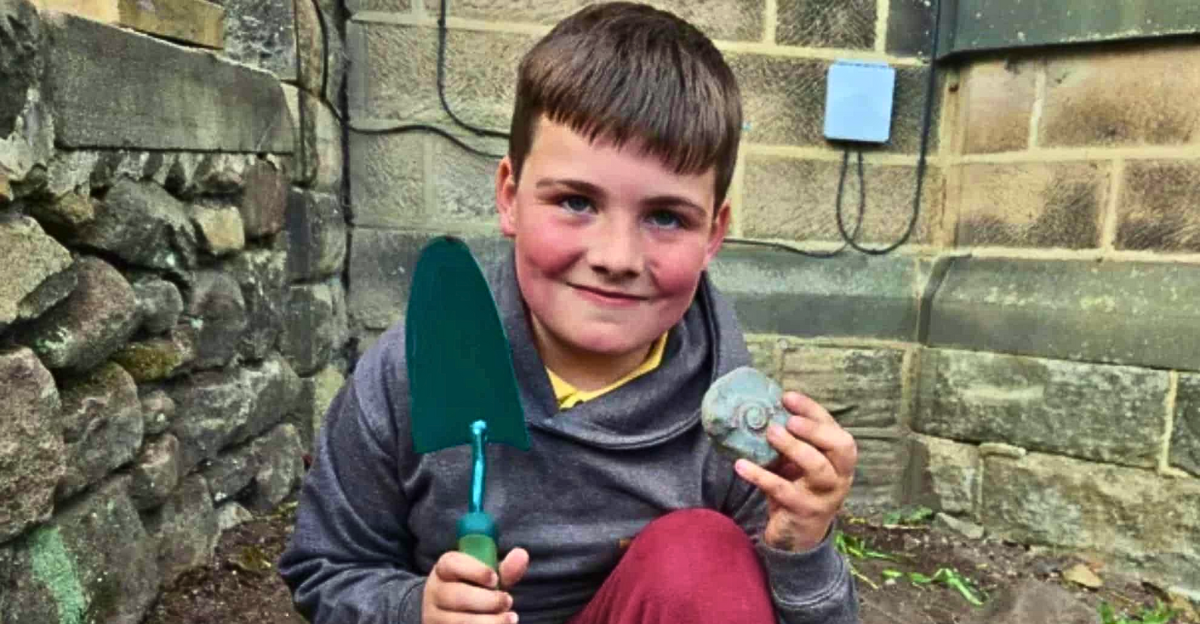
It was no coincidence that Elliot made this discovery; he really had a genuine interest in fossils. Already fascinated by prehistoric life, he explored the garden, eager and determined as any young scientist. In an interview with the BBC, Elliot expressed his excitement and described the find as “inspiring,” saying, “They look so cool.”
His enthusiasm shows a budding passion for paleontology, and he dreams of becoming a paleontologist when he grows up. Elliot’s story is an excellent example of how early curiosity can spark lifelong scientific interest and ambitions.
Ancient Treasures in Limestone
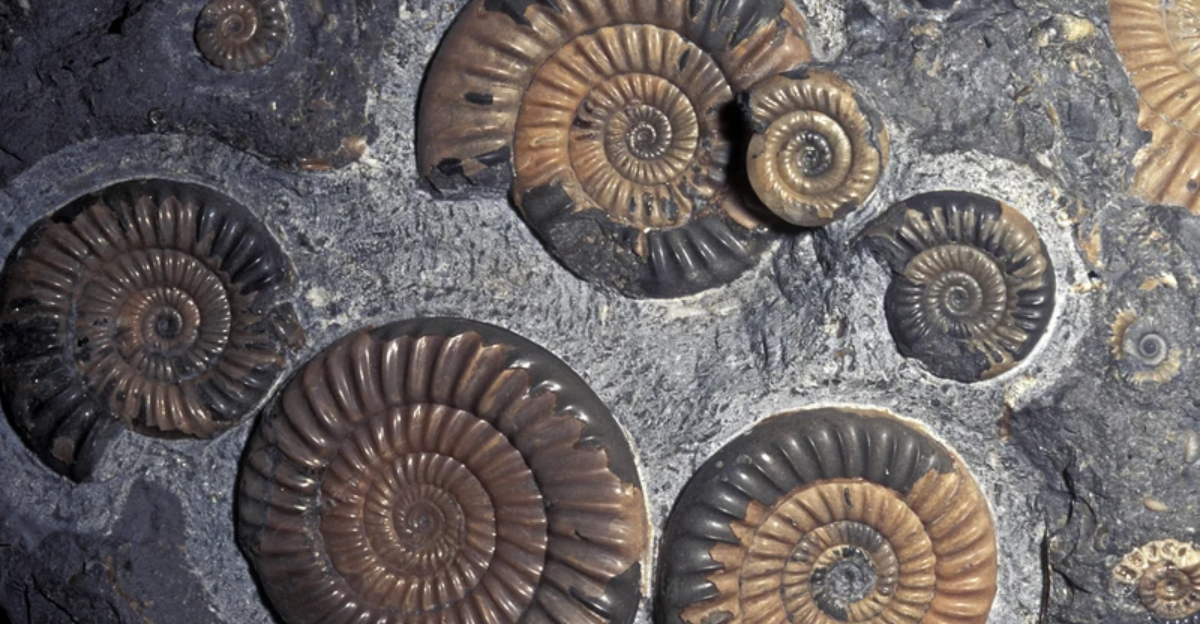
The limestone rocks Elliot found contained fossils of marine animals that lived during the Jurassic period. These fossils, of numerous ammonites, were exquisitely preserved, revealing the intricate spirals of these ancient mollusks. During that era, a large section of what is now the UK was covered by warm, shallow seas, teeming with diverse marine life.
The limestone formed the sediment and the remains of these creatures, creating a natural time capsule. These significant finds can give us a glimpse at a prehistoric marine ecosystem and the creatures that lived in it millions of years ago.
Ammonites
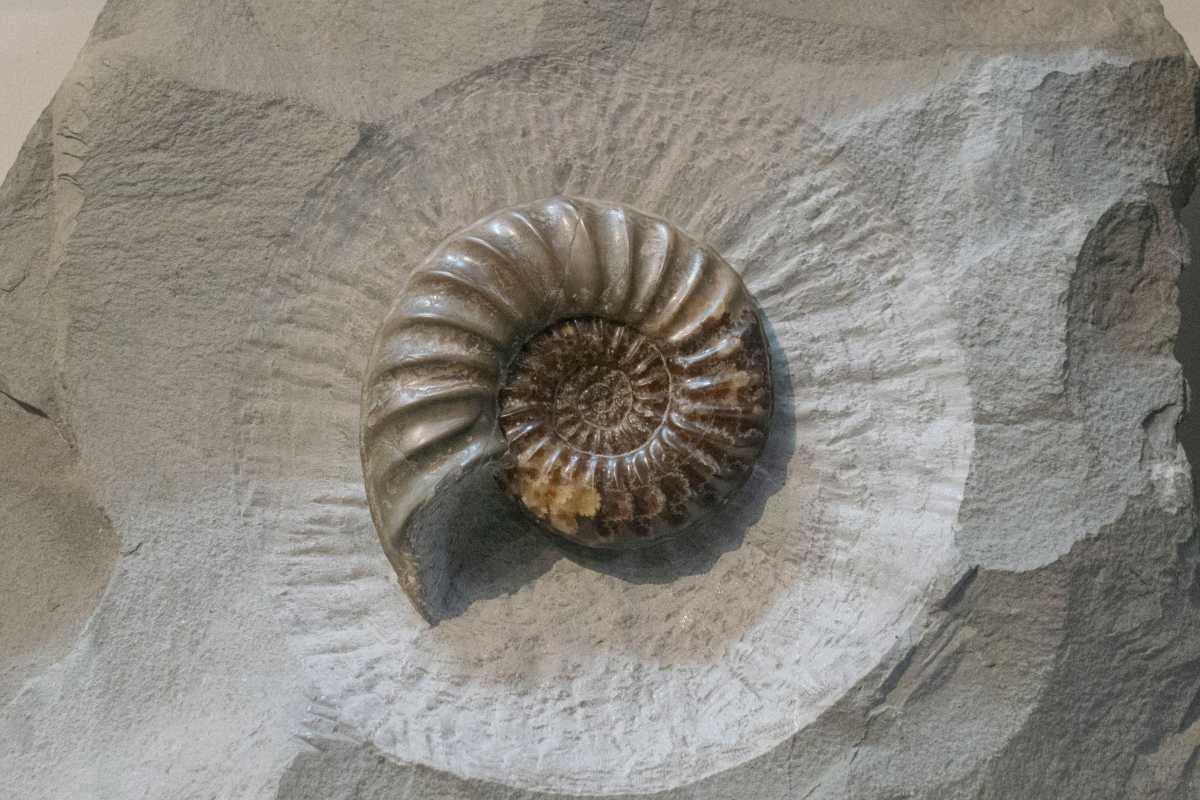
Ammonites are extinct marine mollusks related to modern squid, octopus, and cuttlefish. Pliny the Elder named them after the ram’s horns worn by the Egyptian god Ammon. Ammonites had coiled shells that protected their soft bodies.
These creatures thrived in the Mesozoic Era, and scientists have described more than 10,000 species. Their distinctive shells are not only beautiful, they’re also crucial for dating rock layers and studying ancient marine environments. Ammonites serve as key indicators of prehistoric life and help scientists understand Earth’s biological history.
Matlock’s Underwater Past

Like many other parts of the Peak District, Matlock is a place of geologic interest, and so it stands to reason that you will find fossils, but perhaps not the type seen by Elliot. Around 330 million years ago, during the Carboniferous period, Matlock was submerged underwater, resembling a tropical island with coral reefs and teeming with marine life.
Creatures like fish, large clams, and sea lilies flourished in these warm seas. Over millions of years, the geology was restructured and the seabed was raised to create the hills and limestone cliffs of modern-day Derbyshire. The area is known for small fossils like brachiopods and crinoids, indicators of its prehistoric marine environment, long before dinosaurs appeared.
The Dorset Connection: How Did The Fossils Get There?
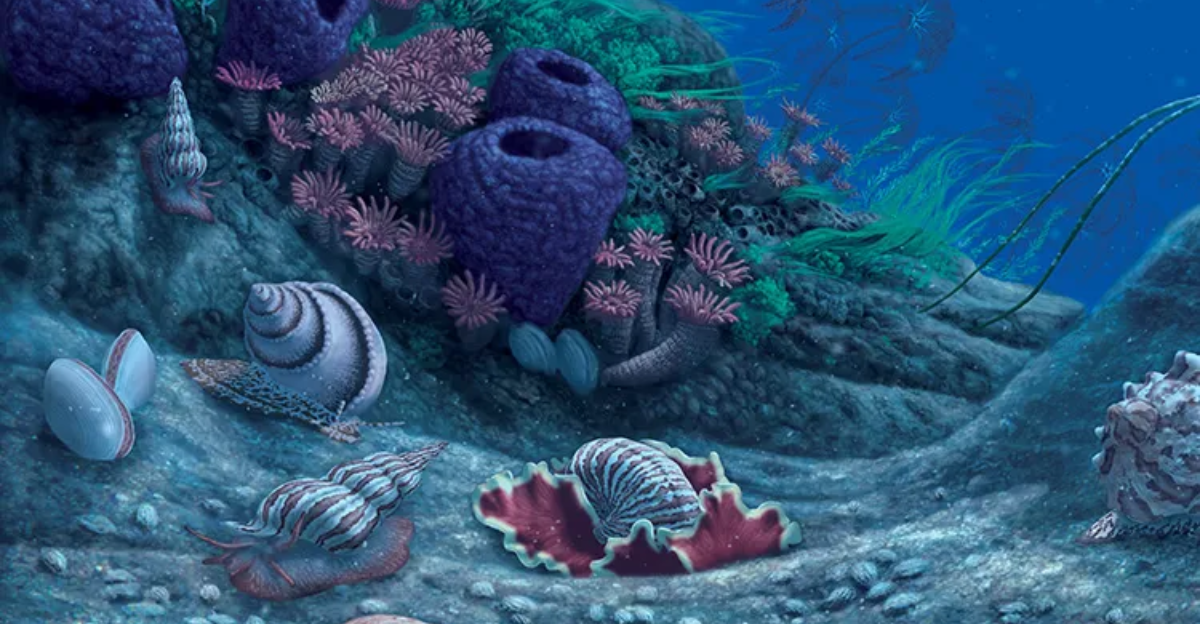
Experts believe the ammonite fossils Elliot discovered were probably from Dorset, not Matlock. Dr. Susannah Lydon at the University of Nottingham thinks that the limestone block was brought over to Dorset, an area well-known for its Jurassic fossils. Dorset’s Jurassic Coast is a World Heritage site known for abundant ammonite discoveries.
The transported rocks were likely buried in Elliot’s garden years ago. This human movement of fossils is common, and while the fossils aren’t native to Matlock, their presence still offers an exciting glimpse into Jurassic marine life.
The UK’s Rich Fossil Heritage
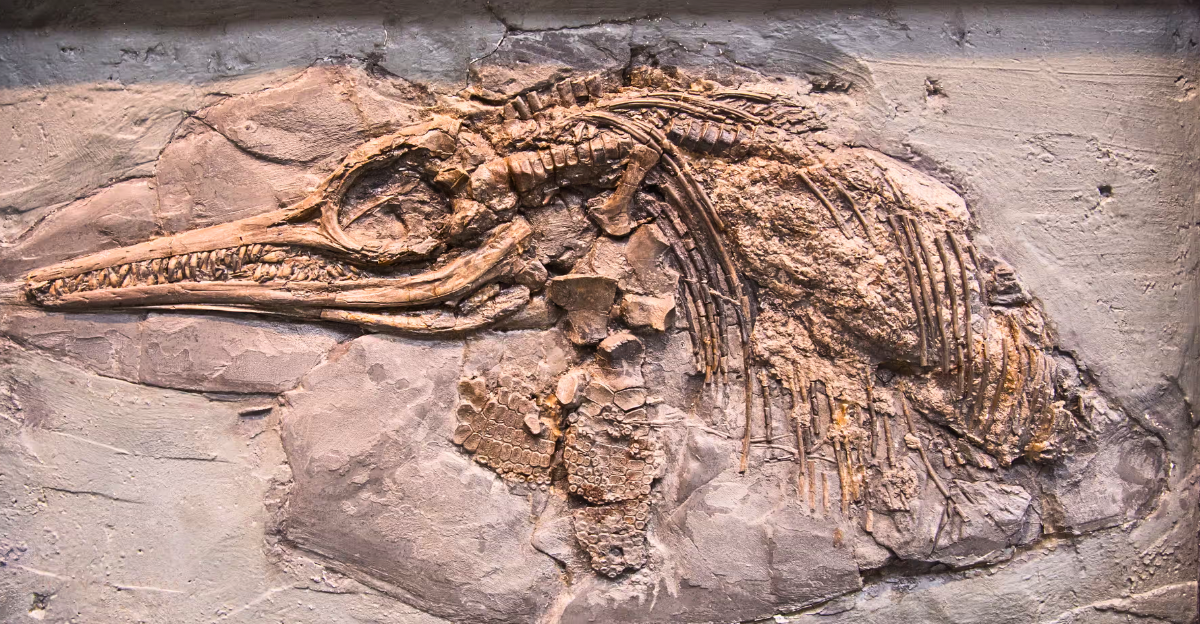
The UK is rich in fossil sites, with each region offering unique prehistoric treasures. Dorset’s Jurassic Coast is particularly well known for marine fossils such as ammonites, while Derbyshire’s limestone cliffs hold fossils of brachiopods and crinoids. In the UK, fossils are often hidden and buried beneath soil or vegetation, making coastal erosion crucial for revealing new specimens.
This geological diversity makes the UK a hotspot for fossil hunters. Elliot’s discovery, though possibly from transported Dorset rocks, highlights the country’s abundant fossil heritage and the potential for exciting finds even in unexpected places.
Family Support
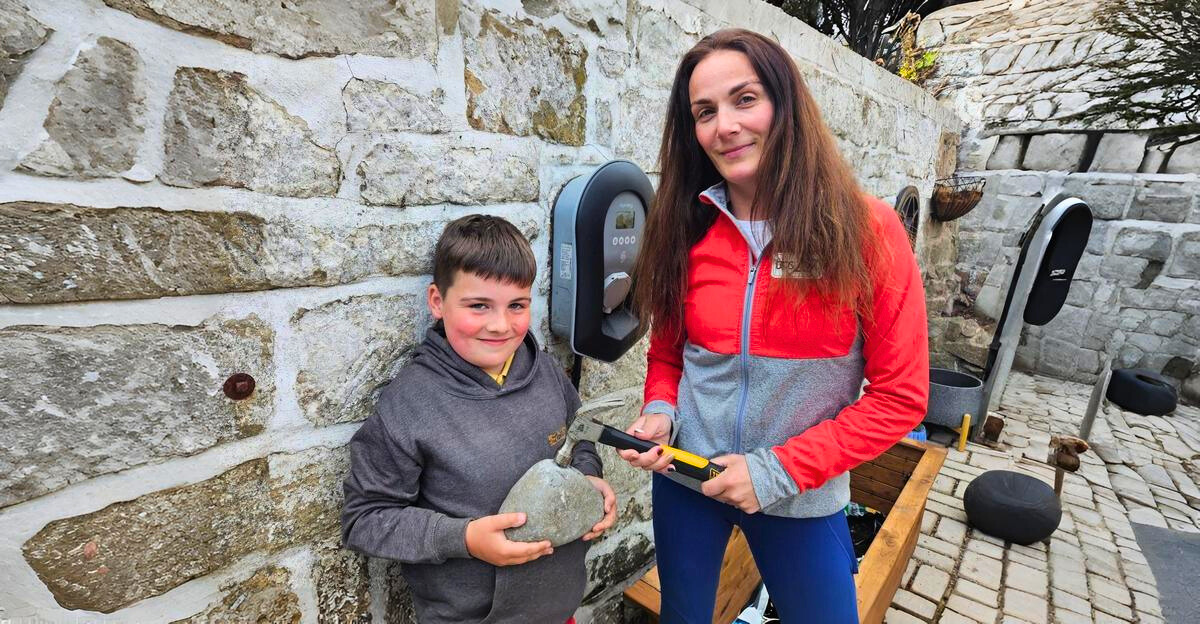
Elliot’s family, particularly his mother Gemma, has been keen to take Elliot fossil hunting. While she jokes about how he’s constantly digging in the garden, she loves how much he is into paleontology. “I don’t think we like digging the garden up very much, but it’s really exciting what he’s finding,” she told the BBC.
She actively assists Elliot as he opens rocks and examines what’s inside, encouraging his curiosity. The support of his family is an important part of Elliot’s love for science which also enables him to engage in this hobby that lets him learn about the ancient world hidden below our feet.
Inspiring the Next Generation of Scientists

Elliot’s discovery is more than just a fossil find; it symbolizes the importance of curiosity and exploration. Holding ancient creatures that lived millions of years ago has ignited his enthusiasm for paleontology. As Dr. Lyson said, “The joy of fossil hunting is finding something no other person is known to have seen for millions of years.
Elliot’s enthusiasm demonstrates that early experiences with science can inspire future careers and discoveries. His story encourages other young explorers to look closely at the world around them, reminding us all that amazing discoveries can happen anywhere, even in our own backyard.
Explore more of our trending stories and hit Follow to keep them coming to your feed!
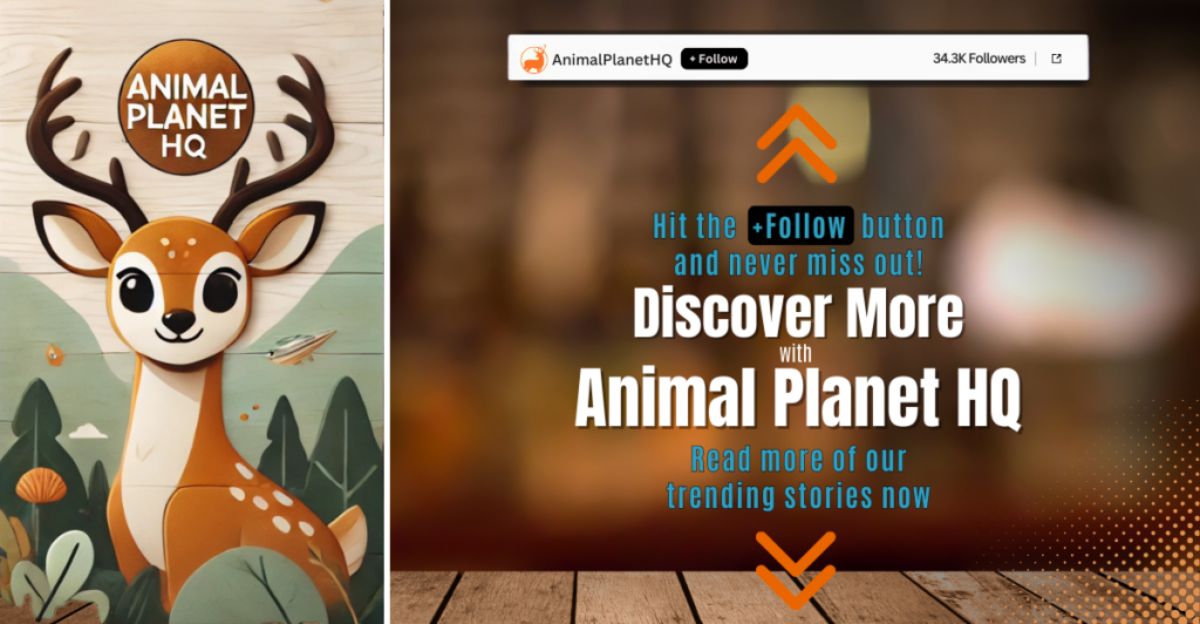
Don’t miss out on more stories like this! Hit the Follow button at the top of this article to stay updated with the latest news. Share your thoughts in the comments—we’d love to hear from you!


